We are all familiar with the “Fair is not Equal and Equal is not Fair”; however, when competing professionals use the term “exact” what “exactly” do they mean? We’ve all been there, a client has their head turned by a competitor offering “exactly” the same for great savings. When given the opportunity to verify this “exactitude” it is amazing how many differences are exposed, leading back to the “you get what you pay for” and sometimes cheaper is just that—cheap.
This is not to say savings cannot be achieved, but as a benefit consultant, a properly built plan will be strategic in the construction, assuring the price point is in line with the offering. Understanding the existing usage pattern, the history, and customer goals for compensation, culture and wellness is paramount in the success of any program.
These are some items to consider when comparing the “exact” nature of the matched plan being offer as an alternative to existing coverage:
- Is there a termination age? Some plans offer no age restrictions for health and dental coverage. So long as the employee is employed full-time, they are covered, while other plans have a termination age of 70—75—85 and it in this aging demographic where employees are working longer by choice or need, this is an important component for many Canadian businesses in their consideration of the offering.
- Prescription Drug Coverage is often an area which is played with at quotation in order to obtain substantial savings over the current coverage. While some plans offer an “unlimited” maximum, other’s may offer significant savings by limiting coverage to a specific maximum. Additionally, there may be limitations on drug eligibility to a “least costing alternative” whereby the existing coverage may have an open formulary. This could result in significant new out-of-pocket expense to the unprepared employee used to this coverage as part of their compensation package.
- Paramedical practitioner limited access may reduce the eligible medical professionals, perhaps excluding the more popular ones like massage, or require a doctor’s referral or add a per visit maximum. These barriers to claim reduce the exposure of claims on the benefit plan by making it harder and perhaps inconvenient for employees to claim. This could have the long term impact of eroding the “benefit” of the plan and cause negativity and employee turnover.
- Access to dental care may be limited to a particular fee guide and erode the value of the overall maximum. For instance an 80% basic dental program with an overall maximum of $1,500 may be seriously eroded if the dental fee guide reduces the eligibility to 60%-70% coverage and this hasn’t been explained to the employees who are now out-of-pocket, after-tax for these expenses they had expected to be covered under the plan.
- Disability claims are an area of concern when “exactly” matching a plan in a move. What is the criteria for claim? How long is the eligibility period? Pre-existing conditions clauses? Elimination period prior to claim. Is the coverage based on “own occupation” or “any occupation” and to what percentage? What is the definition of “total disability”? Not paying attention to these details can cost employees their future income when they need it most.
Benefits are designed for use. Understanding the contract wording on coverage is a must in order to parallel the incentive with the overall compensation, which then adds to the culture, health and wellness of an organization, making it an “employer of choice” instead of an employer of last resort.
Disclaimer: Please note that the information provided, while authoritative, is not guaranteed for accuracy and legality. The site is read by a world-wide audience and employment, taxation, legal vary accordingly. Please seek legal, accounting and human resources counsel from qualified professionals to make certain your legal/accounting/compliance interpretation and decisions are correct for your location. This information is for guidance, ideas, and assistance.




